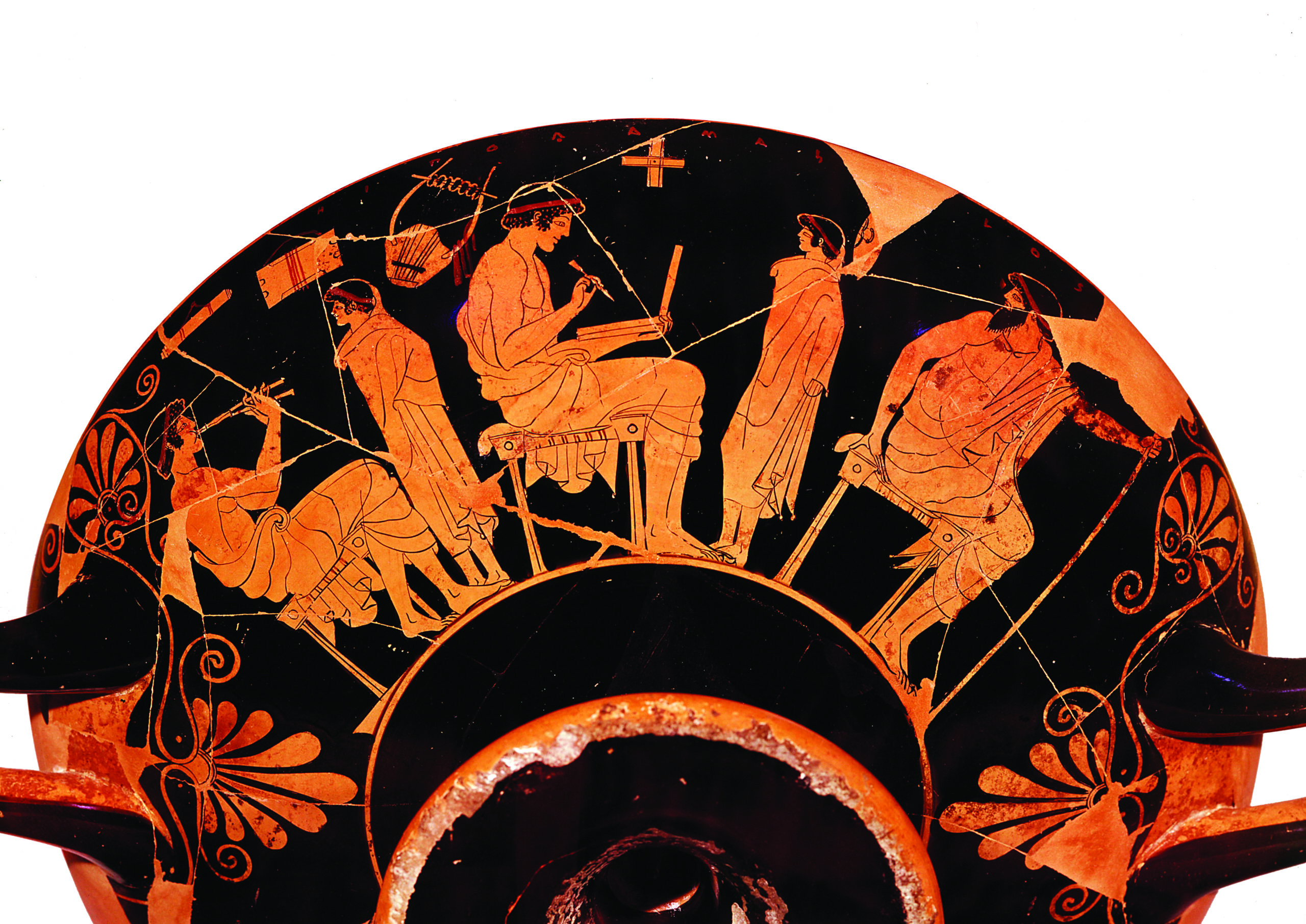After five days of impromptu school closures, the city of Chicago and its public school district finally came to an agreement last week with the Chicago Teachers Union on a plan that would reopen schools for in-person learning. CTU members and leadership had attempted unilaterally to force the school district to postpone its return to in-person schooling and continue online “distance” learning, claiming fears about the omicron variant. This obvious pretext for continuing a yearslong pseudo-home vacation was, quite reasonably, rejected by Chicago Public Schools, at which point the brave, heroic teachers of Chicago simply chose not to show up for work, forcing a week of closures. But, hey, if you’re not willing to strike for your right to receive a full paycheck while half-assing it from home, then why even be in a union?
Some might object: “These are unprecedented times. You can’t expect almost an entirely vaccinated population of adults to be around a somewhat vaccinated group of young people and children who are the least likely population to contract or die from COVID-19. Remote learning online is an acceptable temporary substitute.”
The correct response to this is dismissal. During the bubonic plague way back in the 14th century, universities such as the University of Oxford in England also practiced distance,
remote learning
. But they did so in the proper sense of the word: by loading up their students and professors and moving them out to the remote countryside, where they proceeded to have in-person learning.
Humans have been teaching slightly younger humans ever since we had a set of slightly older humans who could provide instruction. And I don’t think I need to lead you all the way to the door here, but they did so in person, face to face. As far back as early Mesopotamia and ancient Egypt, we have evidence of semiformal educative schooling in reading and writing, where the young wealthy and nobility were taught directly by scribes and administrators in small groups or as individuals.
The Academy in ancient Greece, which was founded by Plato and where Aristotle studied and learned for two decades, was less of a school as it was an open membership assembly of learning and debate, probably built around dialectic instruction or specific lectures — we know of a few, such as Plato’s “Form of the Good.” Iterations of informal scholastic gatherings pop up all throughout history, even in times and places where a more traditional schooling system of universities exists. In Renaissance Italy, for example, open-air discussions and philosophical or political debates in small groups were held in gardens and were common among aristocrats or wealthy humanists. The salon in 17th century and 18th century France was another such type of ad hoc, close-quarters, nontraditional educative environment — except instead of holding it in a garden, it was in the host’s party room.
Suffice it to say that from fabled little red schoolhouses of the American Revolution to the Seljuk madrassas of 11th century Iran, widespread, constructive learning has involved the attendance of both teacher and pupils and a present, personal interplay therein. And it has happened in countless physical environments. National schooling by iPad isn’t fooling anyone.








